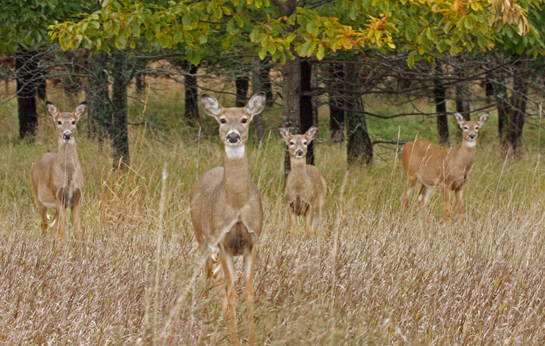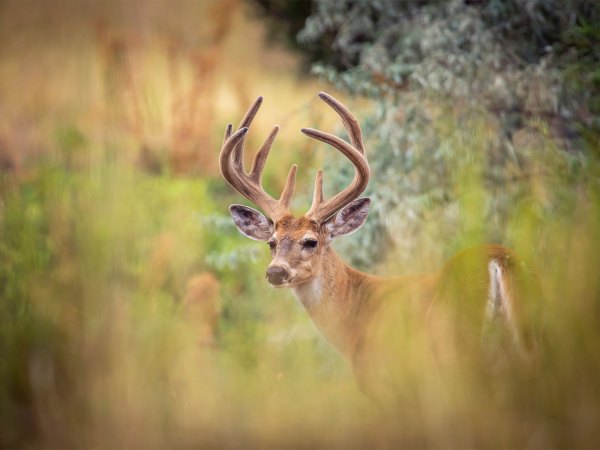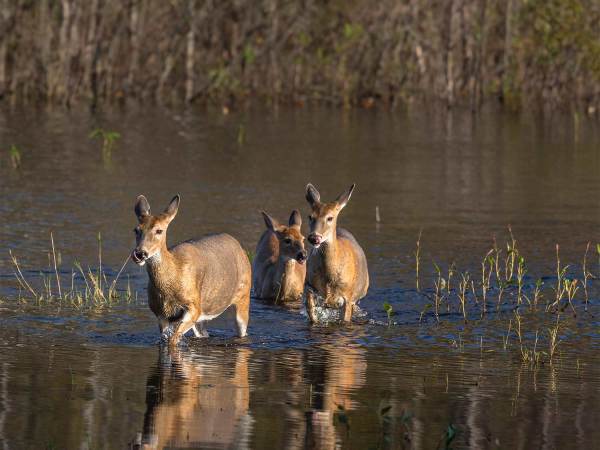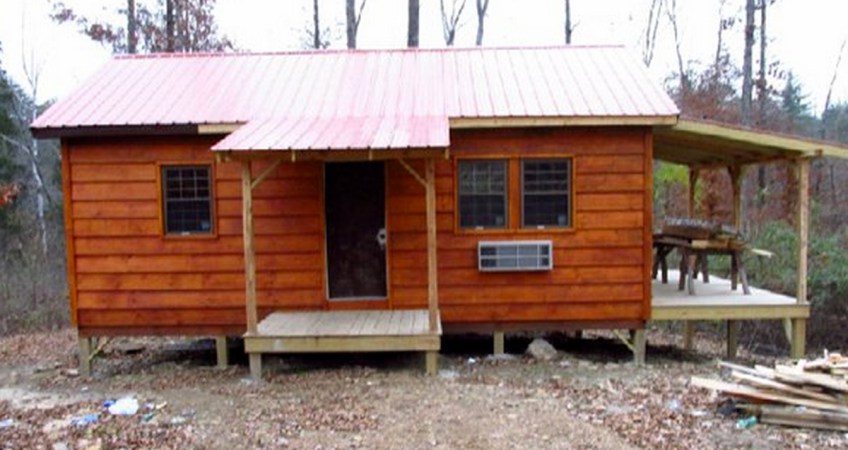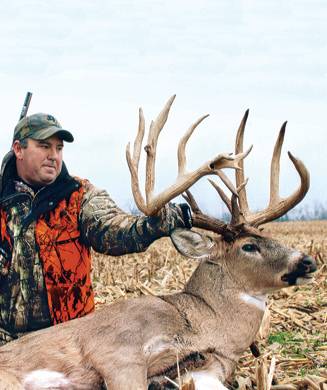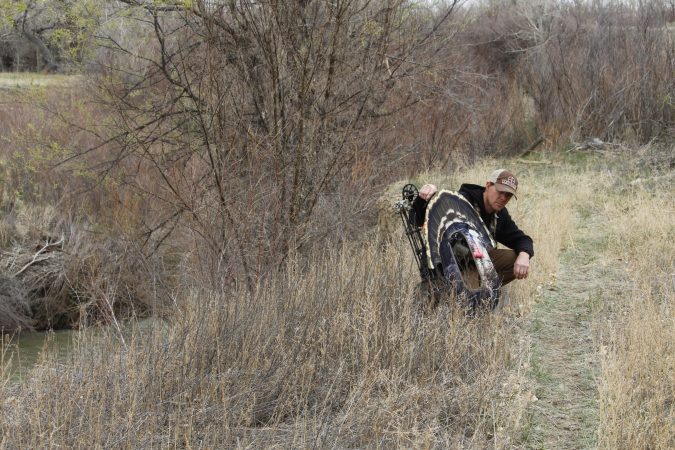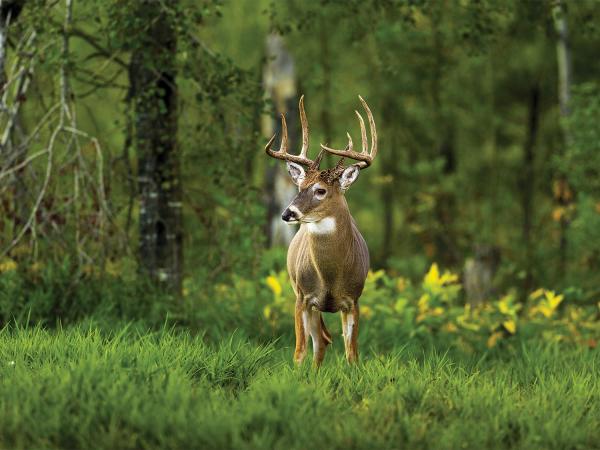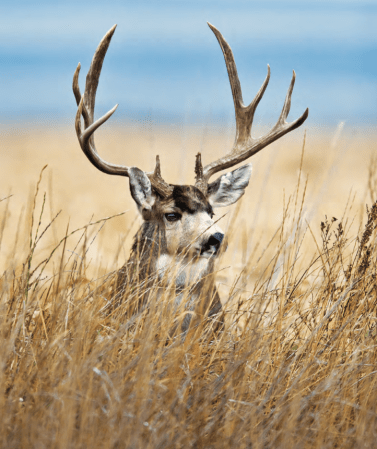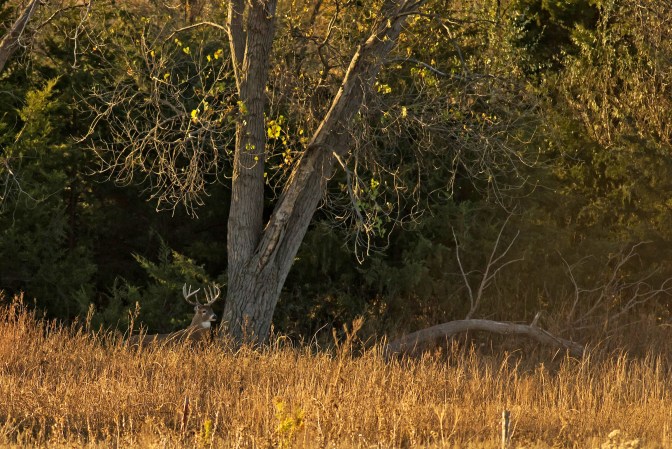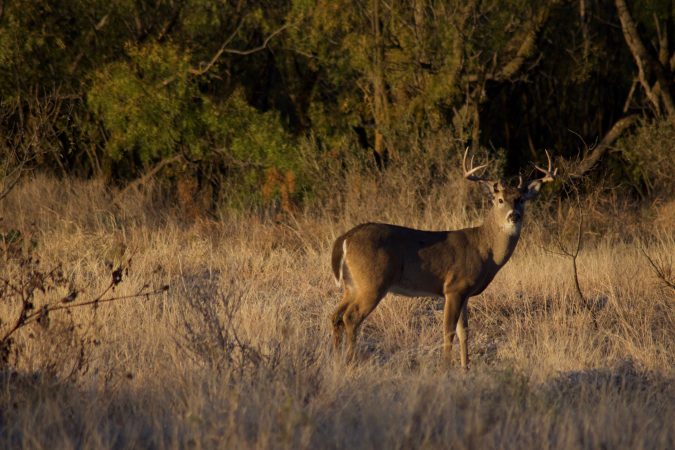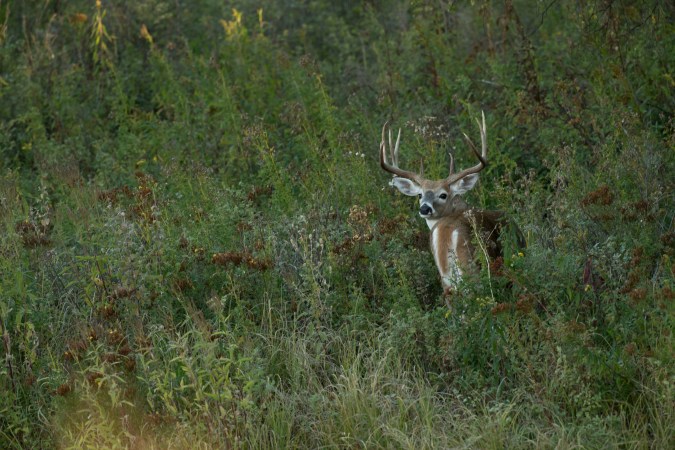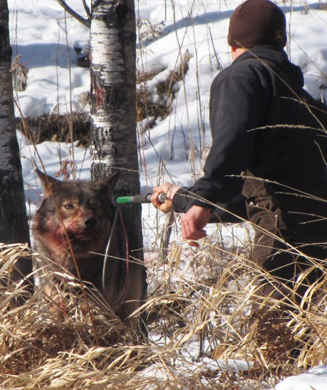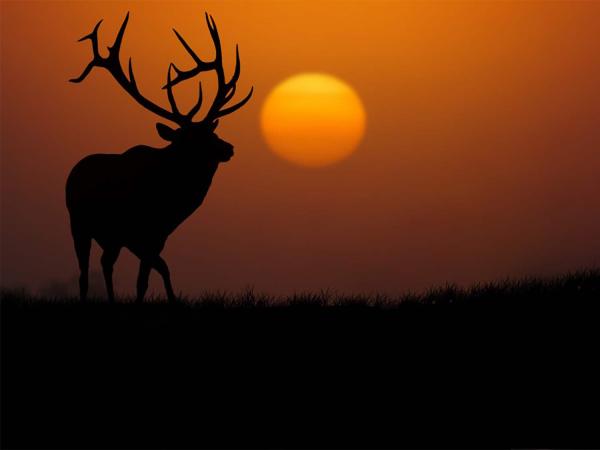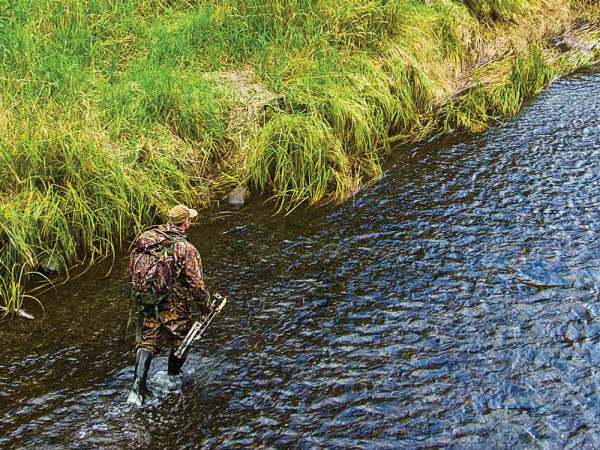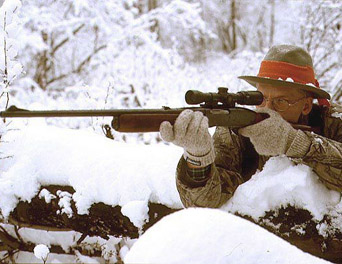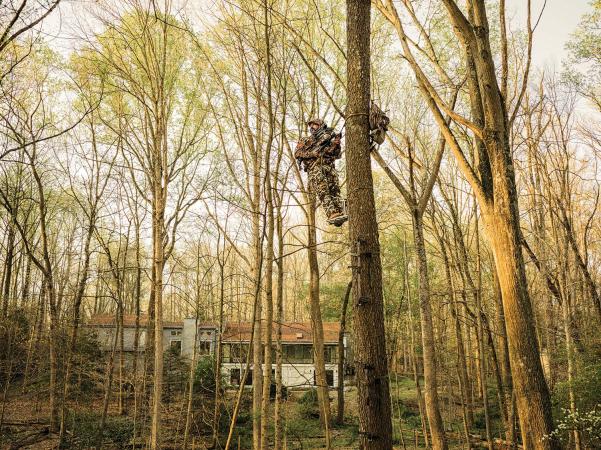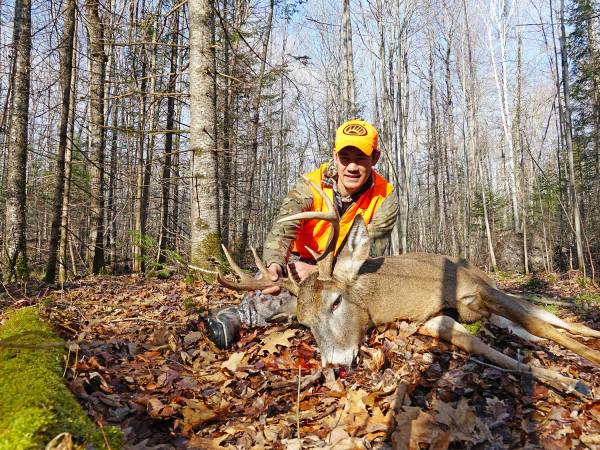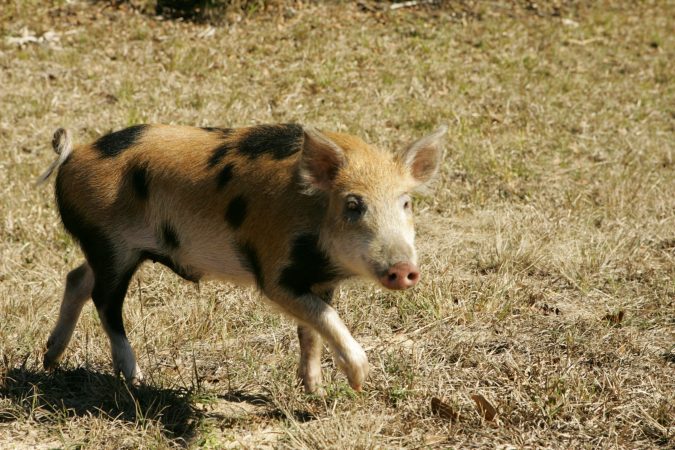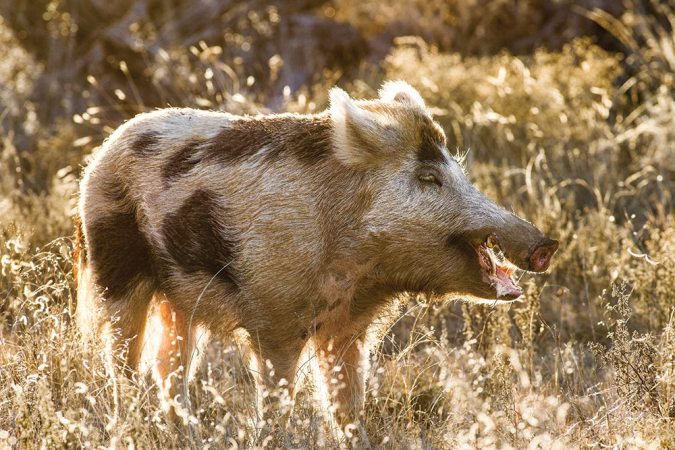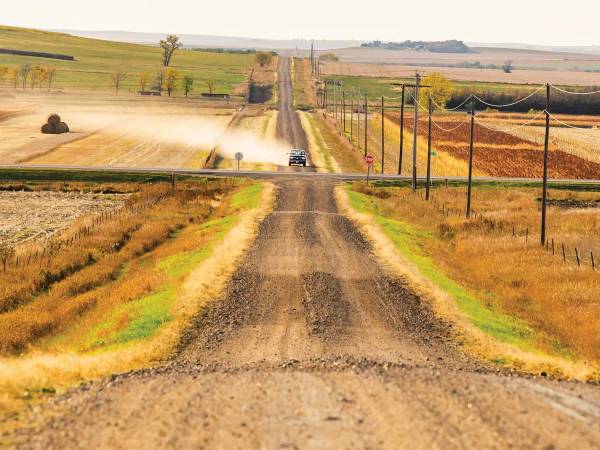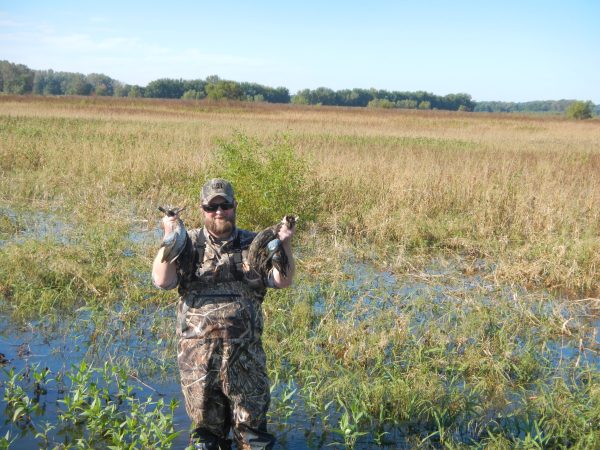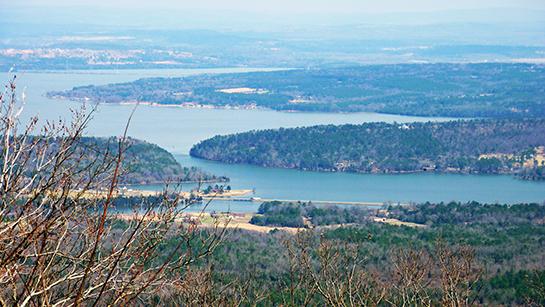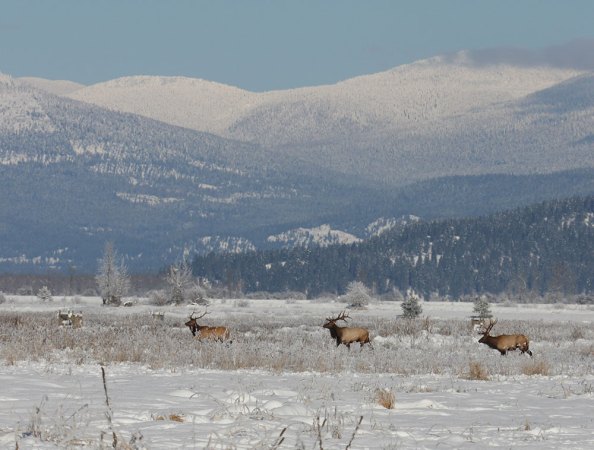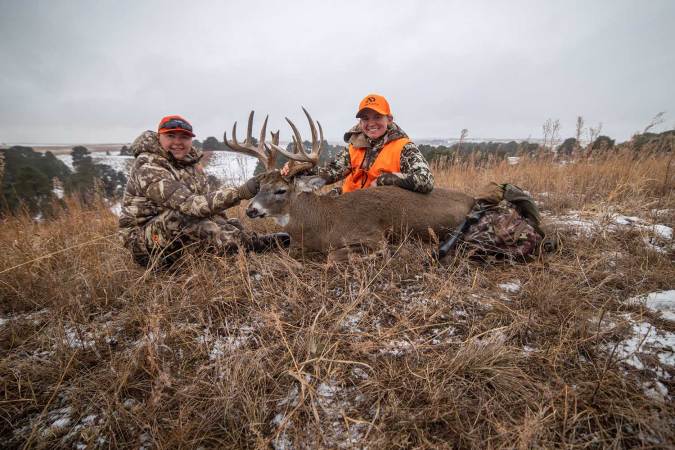“After three years of drought, near record rainfall in 2013 will have deer spread out on natural food sources, making preseason scouting important in order to be successful,” advised Erik Bartholomew, big game biologist for the Oklahoma Department of Wildlife Conservation (ODWC). “Hunters can probably stick to their old habits and find deer they have in the past. The good news is that statewide the good rains produced high quality forage, which puts deer in better condition going into the fall and winter.”
Last year’s widespread epizootic hemorrhagic disease outbreak wasn’t repeated in 2013, and there are indications that deer numbers are rebounding. Field reports suggest a higher fawn recruitment rate (the number of fawns that make it into the fall) compared to the last two years. Next year about half of those fawns will be adult bucks.
Regulation Changes
The only major regulation change is that the ODWC has increased the length of the antlerless gun season from three to eight days in the southeast deer zone. A high deer population means hunters will get more days to fill their tag.
Public Land
Southeastern Oklahoma has the most public hunting land, with Honobia (80,000 acres) and Three Rivers (203,215 acres) full of whitetails. A timber company owns both lands, which the ODWC leases and makes available to the public. Each hunter must purchase a Land Access Fee permit, which helps to cover leasing costs. Depending on timber cutting rotation schedules, hunters may find large pine stands with mixed hardwoods, or freshly cut areas that provide great browse for deer. Be on stand the first part of November to witness the chasing phase of the rut, or mid-November when prime breeding occurs.




